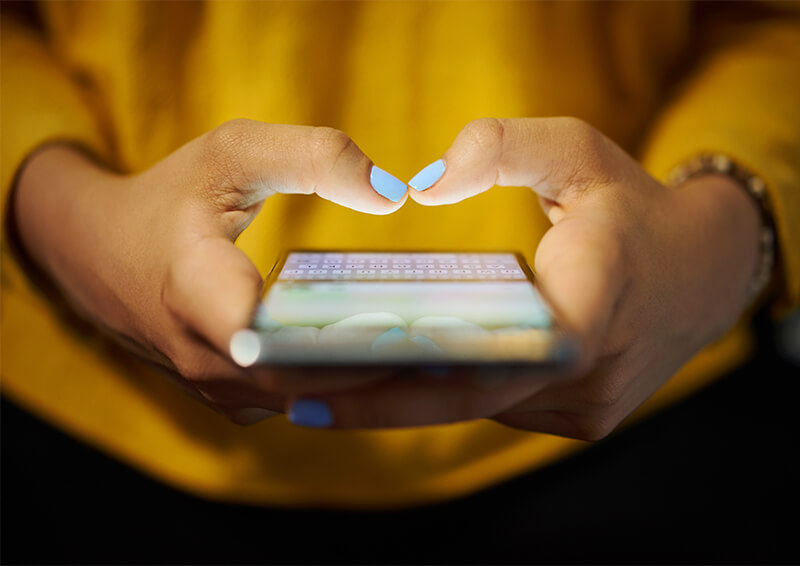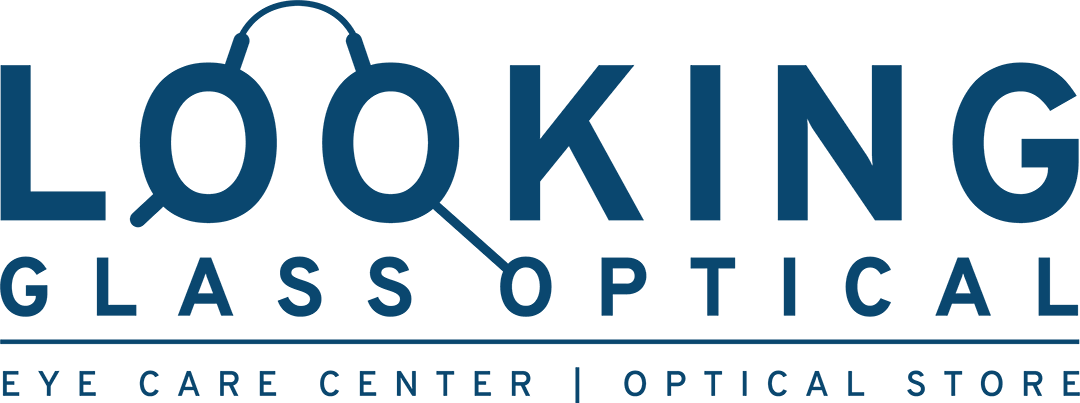Optimal Screen Color for Your Eyes
In this day and age, avoiding excess screen time is virtually an impossible task. Whether it’s for work, homework, or entertainment, most Americans are spending upwards of nine hours a day in front of screens. You’re even reading this article on a screen right now. But, while this lifestyle appears to be the new norm, it’s not necessarily healthy, especially when it comes to our eyes. Luckily, there are several convenient ways to protect your eyes from computer strain, such as adjusting the screen color and brightness on your devices. Continue on to learn more.
Blue Light & Eye Strain

Has anyone ever warned you not to stare at your cell phone right before bedtime? Well, in a nutshell, you should take their advice. As it turns out, the blue-colored light that emits from your screen disrupts the production of the sleep-regulating hormone, melatonin. Thus, making it more difficult for you to fall asleep. Even more, blue light also puts extra stress and strain on your eyes and nervous system too. Some common symptoms of eye strain include:
- Headaches
- Eye fatigue
- Eye pain
- Blurred vision
- Red or irritated eyes
Overall, blue light can impact more than just a restful night’s sleep. Keeping this in mind, there are two types of blue light on the visible light spectrum: Beneficial blue light and harmful blue light. Beneficial blue light (e.g. natural sunlight) is essential to our pupil function, sleep/wake cycles, and physical and emotional health. Harmful blue light (e.g. computer screens, cell phones, TVs, etc.) is much harder on the human eyes. Specifically, as opposed to other colors such as orange or red, blue light penetrates all the way to the eye’s retina. The harmful light also tends to flicker on LED screens, thus causing more fatigue on the eyes. In fact, some studies suggest that long term exposure can lead to retinal and age-related macular degeneration (permanent vision loss).
Screen Color Makes the Difference
We know that technology is indispensable and there is no getting around it. But, on the bright side, you can start taking steps to improve your eye health when using devices. In short, there is no singular optimal screen color for your eyes. The most important factor is reducing the amount of blue light on your screens. Also, pay close attention to the following screen adjustments that can prevent eye strain and protect your vision:
- Use blue light filters on your tablets, computers, and cell phones. These filters will change the color of your screen, its brightness, and temperature with no flicker. You can also select automatic settings that will adjust the screen brightness depending on the time of day and amount of light in the room.
- Change the color of your screen and the text. Overall, it’s important to make sure that the text is darker than the background of the screen. The best color combinations are black text on white or slightly yellow background.
- Reduce the brightness and lower the temperature on your screens. Turn down the brightness until you find a setting that does not put any strain on your eyes.
Eye Health is Wealth
Make your eye health a top priority. Starting today, pay attention to your screen time and reduce eye strain by lowering your screen brightness, reducing blue light settings, and avoiding phone usage at night. Also, be sure to schedule a visit with Looking Glass Optical. Our team can help you find the right contact lenses to reduce computer eye strain. Give us a call at 410-768-0202 or make an appointment online.
